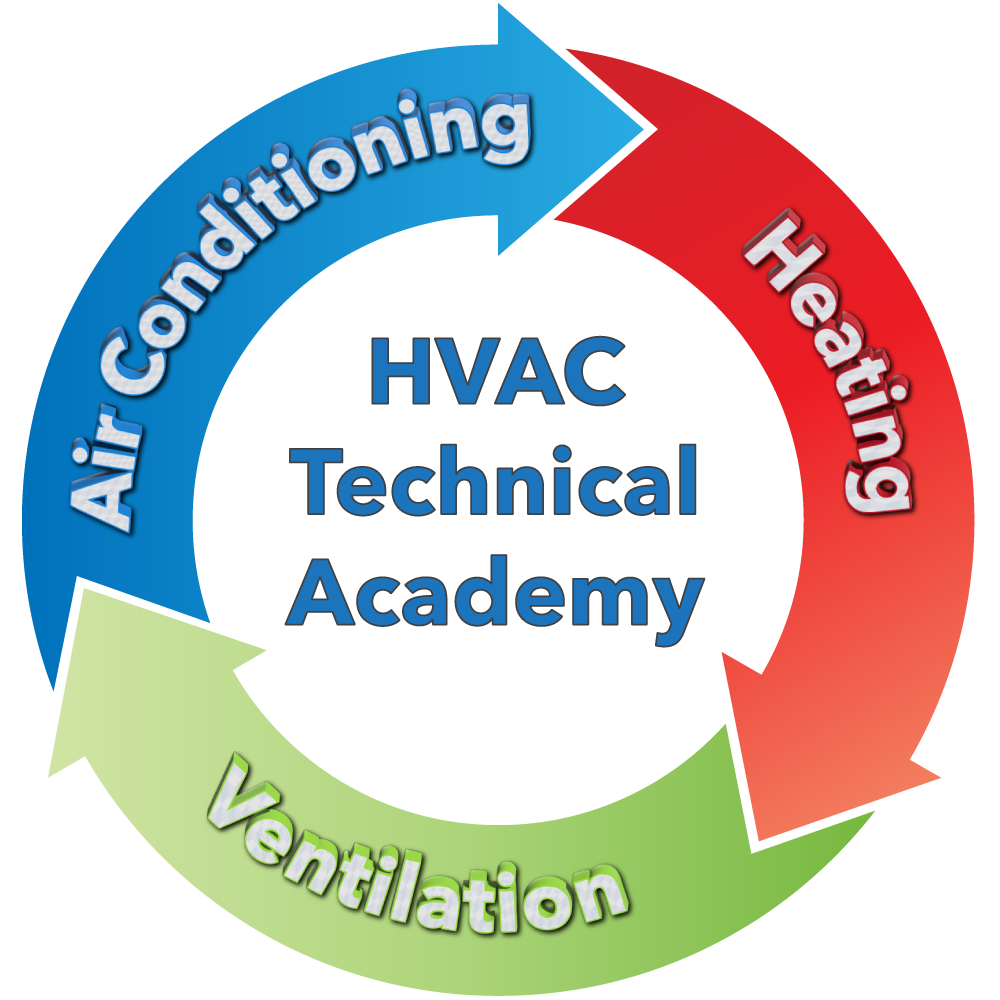
HVAC Vacuum Pump Down: Hold Test and Charging
 Happy April first! This term is flying by and we are only five weeks until the next HVAC 6-weekshop to begin and get you in an HVAC career FAST! The first three weeks have been exciting as our group of has been getting busy troubleshooting, installing, diagnosing, and getting deep into HVAC systems. With that, let’s get back to our vacuum pump.
Happy April first! This term is flying by and we are only five weeks until the next HVAC 6-weekshop to begin and get you in an HVAC career FAST! The first three weeks have been exciting as our group of has been getting busy troubleshooting, installing, diagnosing, and getting deep into HVAC systems. With that, let’s get back to our vacuum pump.
Vacuum Evacuation and Monitoring
Hold Test: After reaching the desired vacuum level, technicians perform a hold test to confirm system integrity. During the hold test, the vacuum pump is turned off, and the system is isolated from the pump. Technicians monitor the vacuum level over a specified period to ensure it remains stable, indicating the system is airtight and free of leaks.
Charging: Once the evacuation and hold test are completed successfully, the HVAC system is ready to be charged with refrigerant. Technicians introduce refrigerant into the system using appropriate charging methods, such as liquid or vapor charging, to achieve the desired refrigerant charge level.
During our 6-week workshops you will learn the proper strategies to pump down systems as we develop YOUR HVAC Clarity, Choice, Confidence, and Competence.
Interested in a career in the HVAC industry, consider HVAC Technical Academy to help you get on the path quickly and effectively. Looking forward to hearing from you!
407-878-0474
2nd Chance University
HVAC Technical Academy
Sanford, Florida
Email: info@HVATA.com






